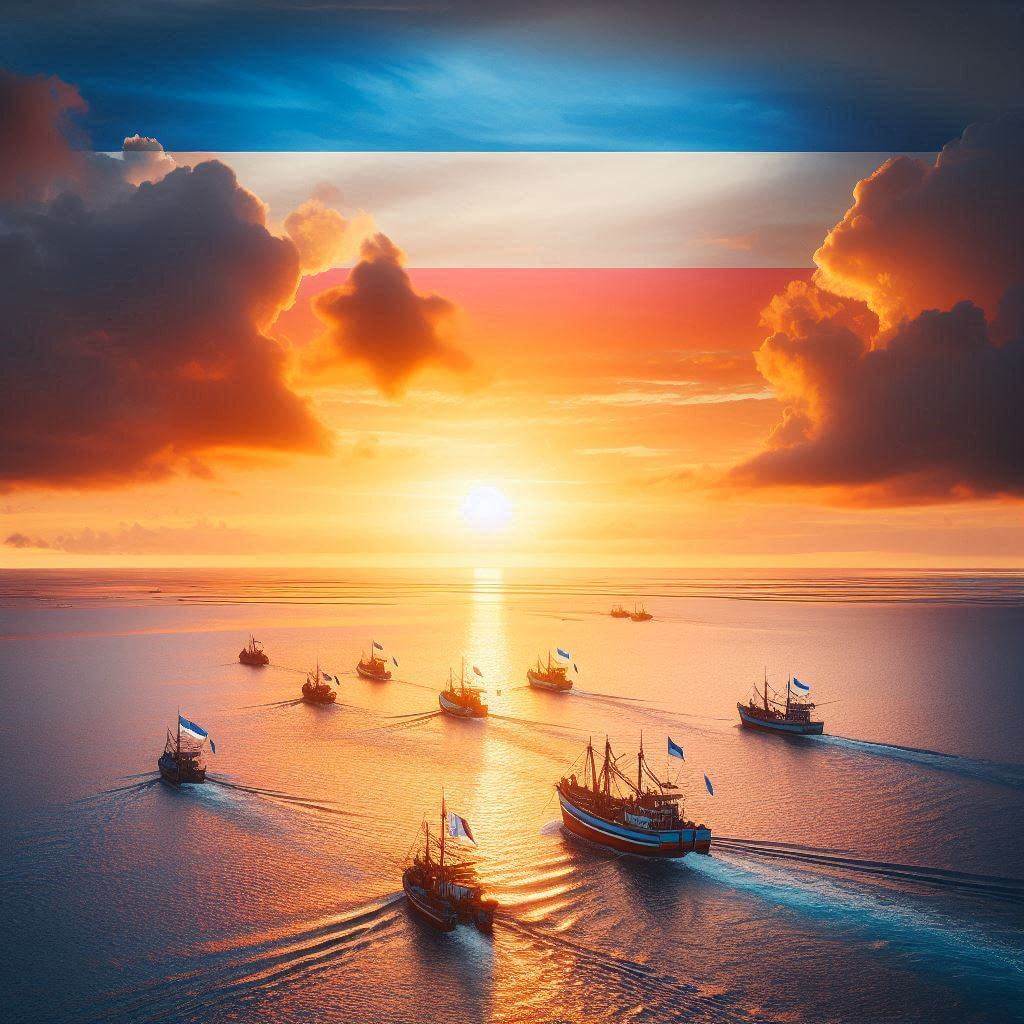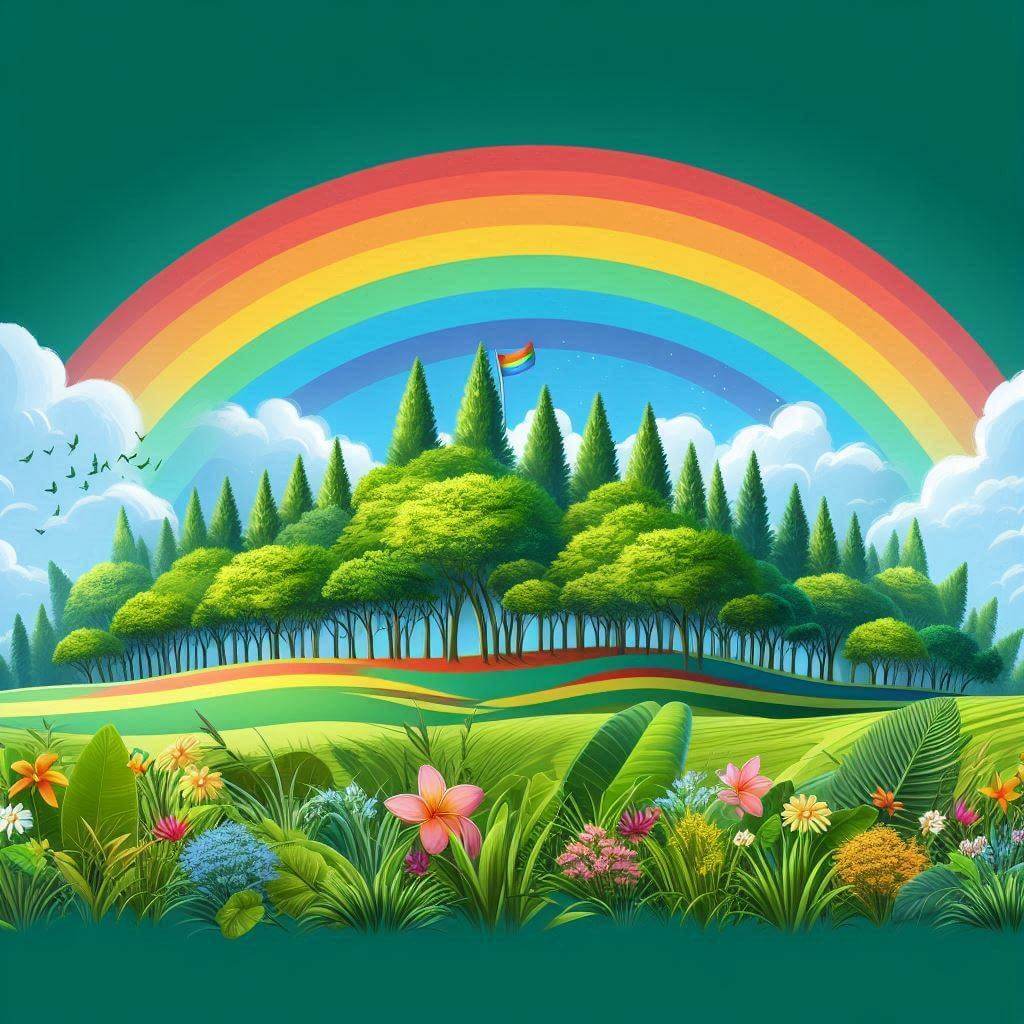The flag of Mauritius consists of four equal horizontal stripes in vibrant colors: red, blue, yellow, and green. This colorful design represents the island nation's rich history, diverse culture, and natural beauty.
Mauritius information
| National Flag Day | March 12 |
| Sovereign state | Yes |
| Official name | Republic of Mauritius |
| Capital | Port Louis |
| Population | 1,265,475 |
| Area | 2,040 km² |
| Currency | Mauritian rupee (MUR) |
| Language | Mauritian Creole, French, English |
| Continent | Africa |
| Region | Eastern Africa |
| Subregion | Indian Ocean |
| Borders | — |
| Timezone | Mauritius Time (MUT) UTC+4 |
| Calling code | +230 |
| Top-level domain | .mu |
History of the Mauritian Flag
 The Mauritian flag was officially adopted on March 12, 1968, coinciding with the country's independence from British rule. The flag's design was the result of a collaborative effort, with input from various political parties and community leaders. It was created to represent the unity of the Mauritian people despite their diverse ethnic and cultural backgrounds. The flag has remained unchanged since its adoption, serving as a constant symbol of Mauritian identity through the nation's development and growth.
The Mauritian flag was officially adopted on March 12, 1968, coinciding with the country's independence from British rule. The flag's design was the result of a collaborative effort, with input from various political parties and community leaders. It was created to represent the unity of the Mauritian people despite their diverse ethnic and cultural backgrounds. The flag has remained unchanged since its adoption, serving as a constant symbol of Mauritian identity through the nation's development and growth.
Symbolism and Design of the Mauritian Flag
Each color in the Mauritian flag carries deep symbolic meaning, reflecting different aspects of the nation's identity and aspirations. The red stripe at the top represents the struggle for freedom and independence, honoring those who worked towards Mauritius's sovereignty. The blue stripe symbolizes the Indian Ocean that surrounds the island, highlighting Mauritius's maritime heritage and the importance of the sea to its economy and way of life. The yellow stripe stands for the new light of independence, representing hope, and the bright future that lies ahead for the nation. The green stripe at the bottom signifies the lush vegetation of Mauritius, its agricultural resources, and the island's commitment to preserving its natural environment.
Usage and Significance of the Mauritian Flag
 The flag of Mauritius is a source of great national pride and is widely displayed throughout the country. It flies prominently on government buildings, schools, and public institutions. During national holidays such as Independence Day (March 12) and Republic Day (March 12), the flag takes center stage in celebrations, parades, and public events. The flag also plays a crucial role in international forums, representing Mauritius's sovereignty and unique identity on the global stage. It serves as a unifying symbol for the diverse Mauritian population, encompassing various ethnic groups including people of Indian, African, Chinese, and European descent.
The flag of Mauritius is a source of great national pride and is widely displayed throughout the country. It flies prominently on government buildings, schools, and public institutions. During national holidays such as Independence Day (March 12) and Republic Day (March 12), the flag takes center stage in celebrations, parades, and public events. The flag also plays a crucial role in international forums, representing Mauritius's sovereignty and unique identity on the global stage. It serves as a unifying symbol for the diverse Mauritian population, encompassing various ethnic groups including people of Indian, African, Chinese, and European descent.
Interesting Facts About the Mauritian Flag
- Mauritius is one of the few countries whose flag uses four distinct colors in equal proportions.
- The flag's design is unique among African nations, reflecting Mauritius's distinct identity and history.
- Prior to independence, Mauritius used the British Blue Ensign, reflecting its status as a British colony.
- The Mauritian flag is often incorporated into traditional Sega dance performances, a popular form of local music and dance.
- In Mauritian culture, the flag is sometimes referred to as the "Four Bands", highlighting its distinctive four-color design.